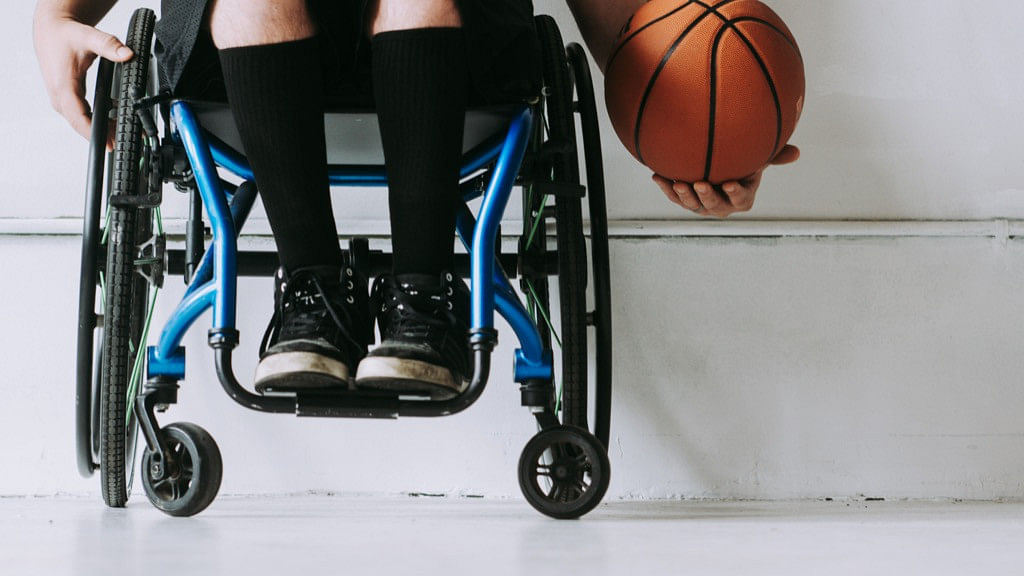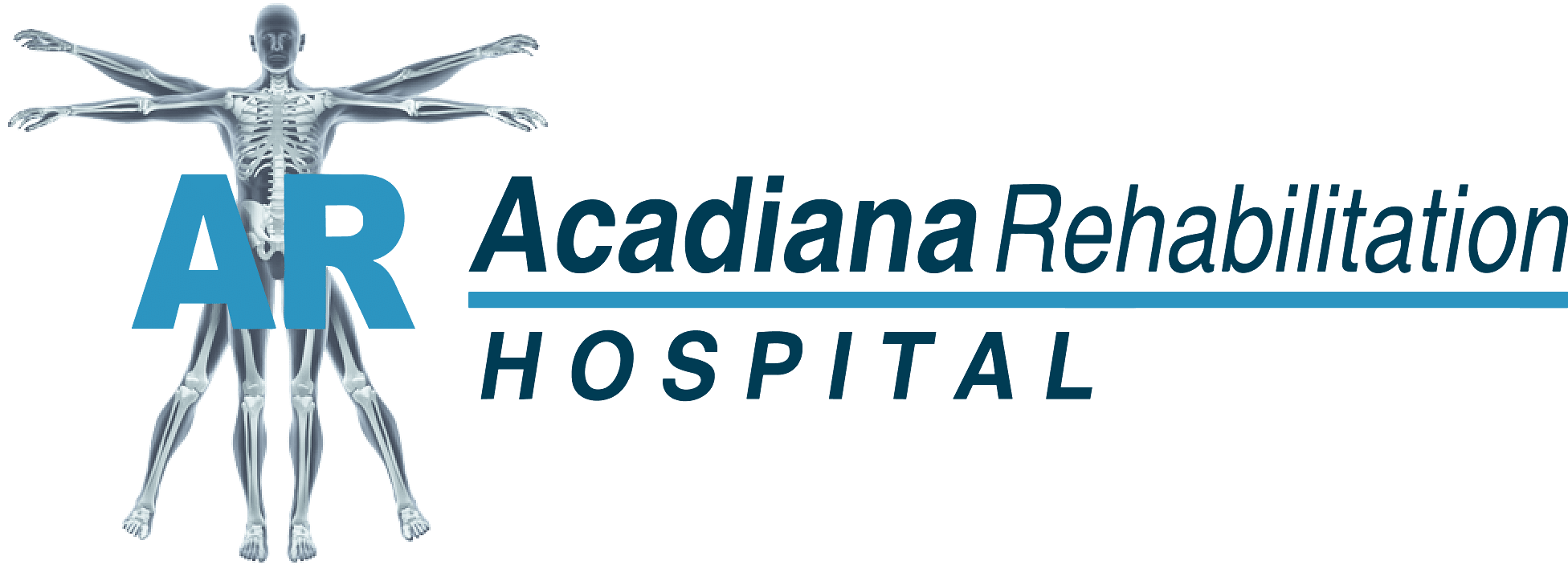Visiting Hours:
Monday - Friday: 4PM-8PM
Saturday: 12PM-8PM
Sunday: 8AM-8PM
What is Spina Bifida?
Spina bifida is a condition that affects the spine and is usually apparent at birth. It is a type of neural tube defect (NTD).
This condition can happen anywhere along the spine if the neural tube does not close all the way. When this occurs, the backbone that protects the spinal cord doesn’t close and form as it is supposed to and this often results in spinal cord and nerve damage.
In most cases, spina bifida is diagnosed before birth (prenatal). However, some mild cases may go unnoticed until after birth (postnatal). And although VERY rare, sometimes cases are so mild they are diagnosed later in life. But for the most part, Spina Bifida is found during fetal ultrasounds, typically around the second trimester.

What are the Symptoms of Spina Bifida?
Symptoms that Spina Bifida May Cause:
- Gastrointestinal: bowel obstruction, constipation, or leaking of stool
- Muscular: muscle weakness, stiff muscles, or overactive reflexes
- Skin: birthmark, brown spot on skin, or skin cyst
- Urinary: bedwetting, leaking of urine, or urinary tract infection
Also common: hunched back, intellectual disability, nerve injury, paralysis, paralysis of the body’s lower half, or physical deformity.
Spina bifida might cause physical and intellectual disabilities that range from mild to severe. The severity depends on:
- The size and location of the opening in the spine.
- Whether part of the spinal cord and nerves are affected.

How can Spina Bifida be treated?
Spina Bifida can be treated with surgery in most cases, either during pregnancy or after birth.
Afterwards, rehabilitation can be used and can provide a range of rehabilitative treatments for children (and adults) with Spina Bifida. Physical, occupational, and speech therapy are often an integral part of treatment.
A team of specialists here at Iberia Rehabilitation Hospital and Acadiana Rehabilitation can help improve muscle coordination and balance, build strength, and overcome language delays.
Let us be part of your rehabilitation! Make sure you’re following us on Social Media and and give us a call or DM if you have any questions!

